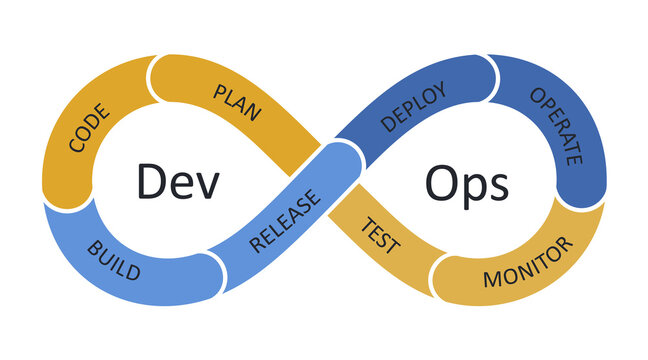Continuous delivery and continuous integration are essential practices for agile software development. In an agile development environment, teams are focused on delivering new software updates quickly and frequently, and these practices help to support this goal.
Continuous delivery is a practice that involves automatically building, testing, and deploying new software updates as soon as they are committed to a version control system. This allows organizations to quickly and reliably deliver new features and bug fixes to their users. Continuous integration is a practice that involves automatically building and testing new software updates as soon as they are committed to a version control system. This allows organizations to quickly identify and fix any issues with their code, and ensures that new features can be safely integrated into the main codebase.
Test-driven development is a software development practice that involves writing automated tests for new features before writing the actual code for those features. This allows developers to ensure that their code is correct and reliable, and also helps to prevent the introduction of new bugs. Trunk-based development is a software development practice that involves maintaining a single, shared codebase for an entire team. This allows developers to work on new features and bug fixes in parallel, and ensures that changes to the codebase can be safely and easily integrated.

One of the key benefits of continuous delivery and continuous integration is that they allow teams to automatically build, test, and deploy new software updates as soon as they are committed to a version control system. This means that teams can quickly and reliably deliver new features and bug fixes to their users, and can do so with confidence that the updates will work as intended. Another key benefit is that these practices help teams to quickly identify and fix any issues with their code. By automatically building and testing new updates as soon as they are committed to a version control system, teams can quickly identify any problems with their code and can fix them before they become more serious issues. This helps teams to maintain the quality and reliability of their software, and ensures that they can deliver new updates to their users with confidence.
In summary, continuous delivery and continuous integration are essential practices for agile software development. They help teams to deliver new software updates quickly and reliably, and also help to maintain the quality and reliability of the software. As a result, these practices are an important part of any successful agile development team.